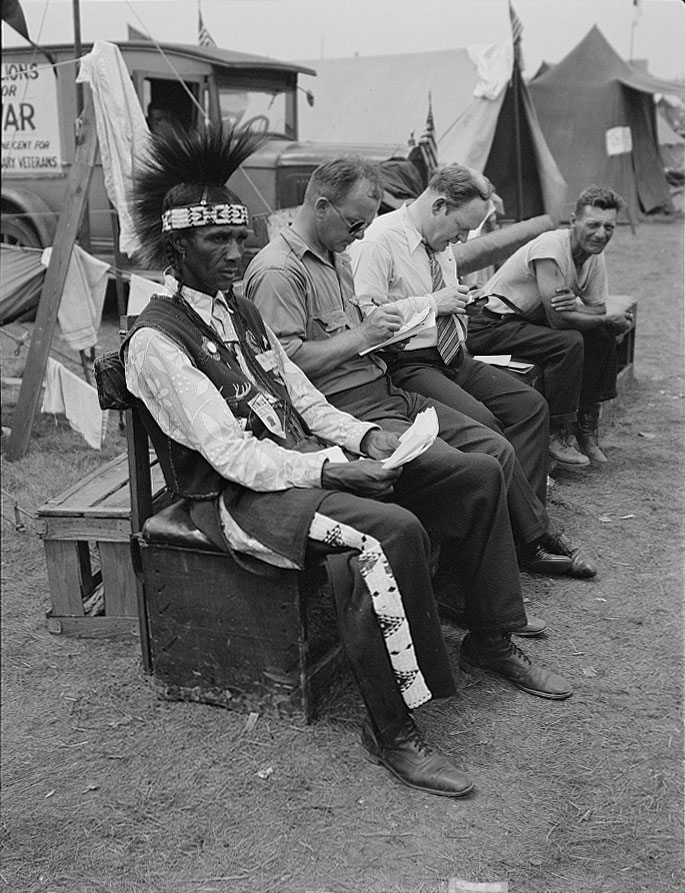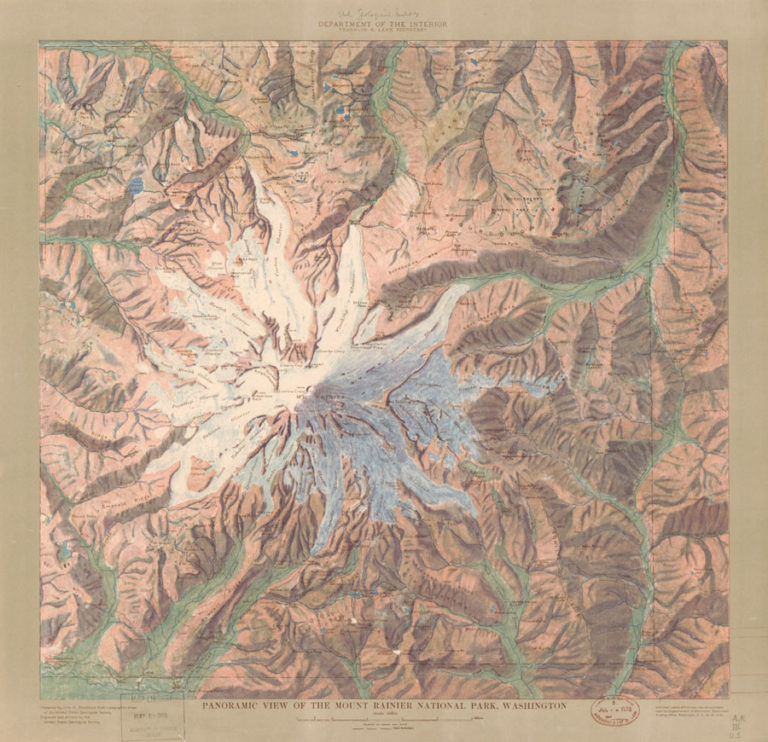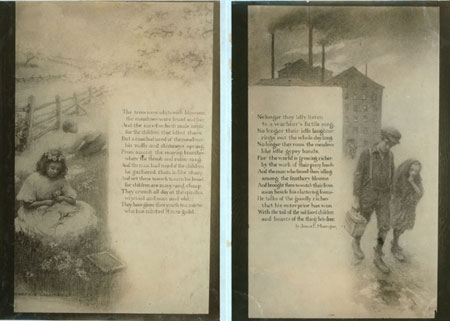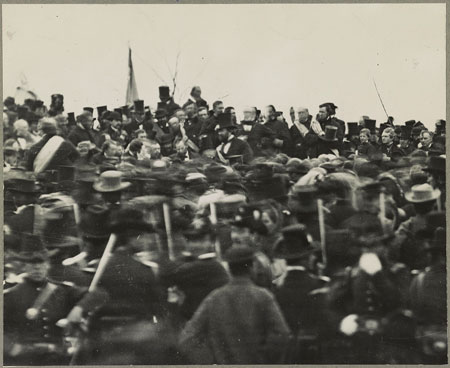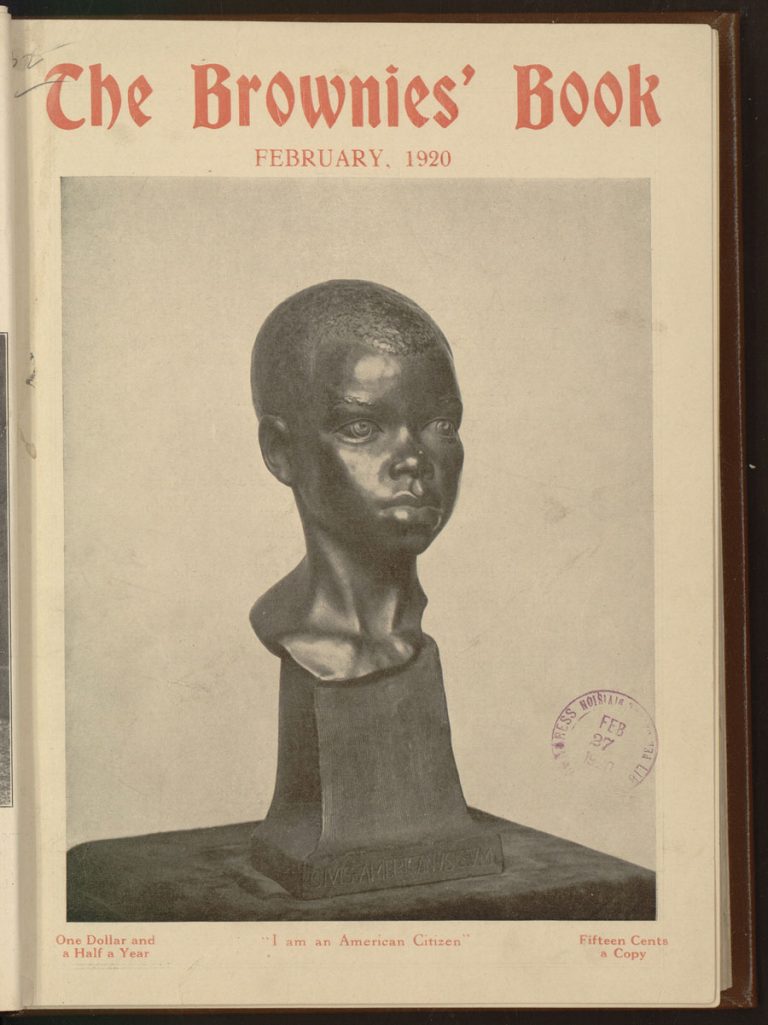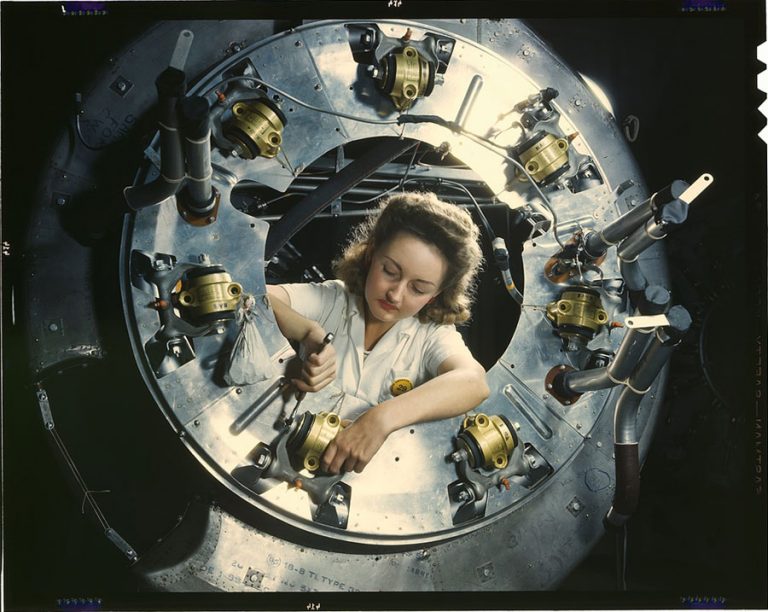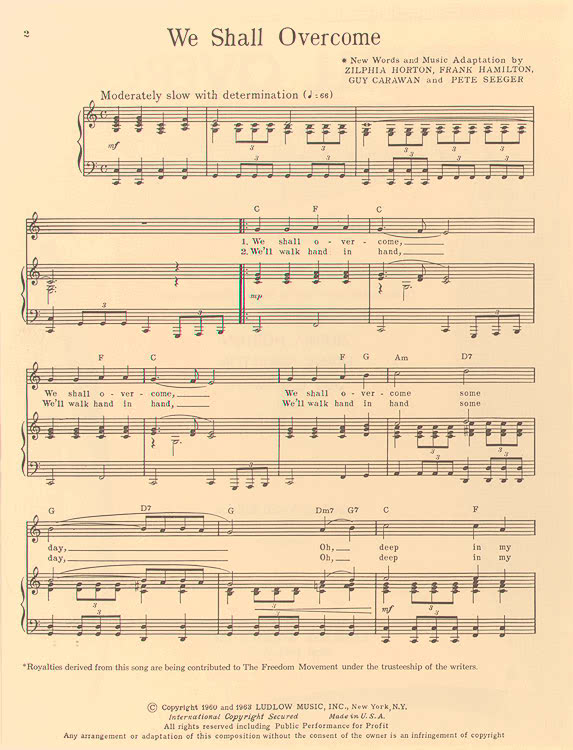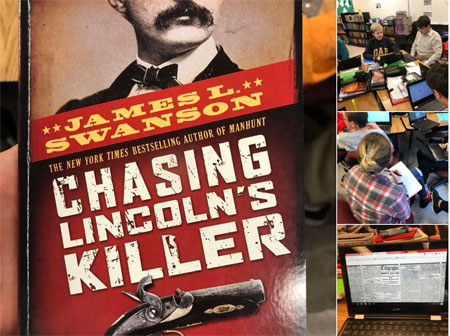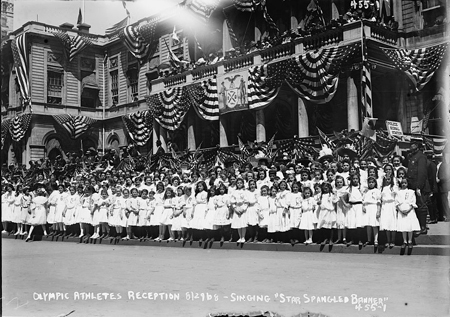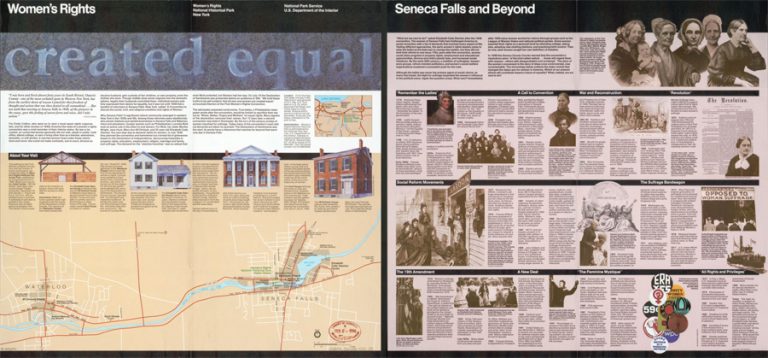Timely Connections: Worldwide Health Crisis
As the world confronts global health problems such as epidemics or pandemics, involve your students in an authentic lesson that looks at past primary sources to increase understanding of health related issues. Encourage students to use past and current information and digital tools to research, make informed decisions and contribute to their own and their…


